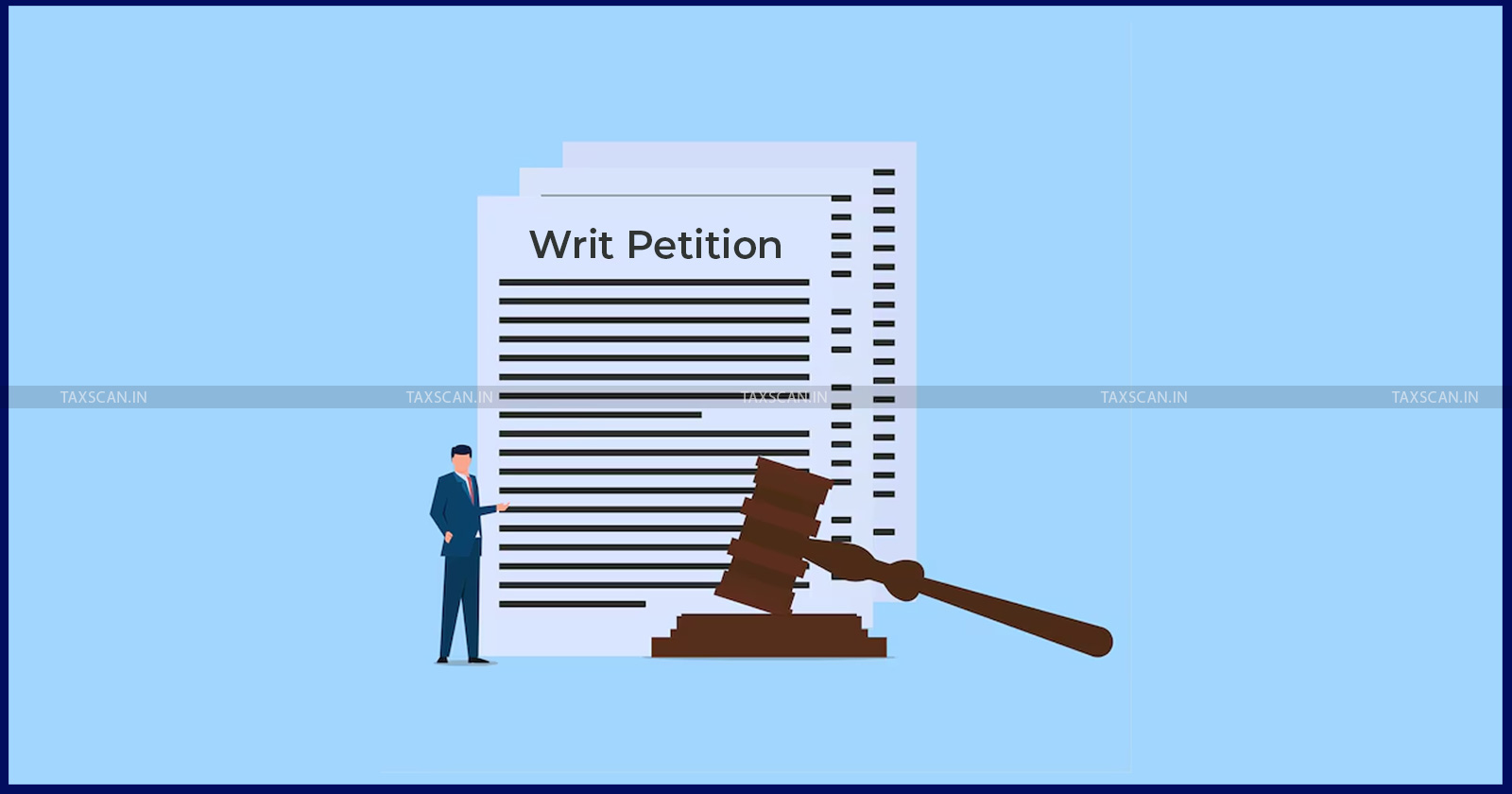₹1.01 Lakh Extortion via GPay QR Code: Chhattisgarh HC finds No Grounds to Quash FIR [Read Order]
The Court noted that the handwritten bill produced by the petitioner lacked authenticity and that his plea of a bona fide transaction could only be tested during trial, not in quashing proceedings
![₹1.01 Lakh Extortion via GPay QR Code: Chhattisgarh HC finds No Grounds to Quash FIR [Read Order] ₹1.01 Lakh Extortion via GPay QR Code: Chhattisgarh HC finds No Grounds to Quash FIR [Read Order]](https://images.taxscan.in/h-upload/2025/08/12/2075996-via-gpay-qr-code-google-pay-taxscan.webp)
The Chhattisgarh High Court has dismissed a petition seeking the quashing of an FIR registered against the petitioner in connection with an alleged extortion of ₹1.01 lakh through a Google Pay QR code.
A complaint was lodged by the second respondent, a woman who alleged that she had received threatening phone calls from unknown persons, warning her that her obscene photographs and videos would be made viral if she failed to pay.
The callers also threatened to kill her and eventually extorted a total sum of ₹1,01,500 through Google Pay. According to her complaint, when she scanned the QR code for payment, the account holder’s name showed was “Yashpal.” Although this name was not mentioned in the FIR, the police investigation linked the transactions to the petitioner’s shop.
The petitioner, Chatrasaal Katiyar represented by advocate Bhupendra Singh, argued that he runs a stationery shop in Devbramhpur, Uttar Pradesh, assisted by his younger brother, and that one of his regular customers, going by the name Yashpal, frequently purchased goods and paid via Google Pay by scanning the petitioner’s shop QR code.
 Also Read:Challenge on Income Tax Demand Based on assessment u/s 147 Not Maintainable before HC: Orissa HC dismisses Writ Petition [Read Order]
Also Read:Challenge on Income Tax Demand Based on assessment u/s 147 Not Maintainable before HC: Orissa HC dismisses Writ Petition [Read Order]
He claimed that the ₹70,000 transferred into his account was part of such purchases and that he had no connection with the threatening calls or extortion.
The petitioner alleged that he had been falsely implicated on mere suspicion, as there was no evidence linking him to the phone numbers used for the threats.
The State, represented by panel lawyer Shailendra Sharma, countered that the alleged extortion money was indeed transferred to the petitioner’s bank account through his shop’s QR code. It also challenged the authenticity of the bill annexed by the petitioner, noting that it was handwritten, lacked a GST number, and appeared to be a temporary receipt.
The State contended that the genuineness of such a bill could not be adjudicated in a petition under Section 528 of the Bharatiya Nagarik Suraksha Sanhita (BNSS), 2023.
After hearing both sides, the Bench of Chief Justice Ramesh Sinha and Justice Bibhu Datta Guru observed that the QR code transaction linked the payment of the extorted amount to the petitioner’s bank account.
The Court said that the handwritten bill produced by the petitioner lacked authenticity and that his plea of a bona fide transaction could only be tested during trial, not in quashing proceedings. The bench declined to intervene at this point and dismissed the petition seeking to quash FIR, stating that there was prima facie evidence indicating the petitioner's involvement.
Support our journalism by subscribing to Taxscan premium. Follow us on Telegram for quick updates


